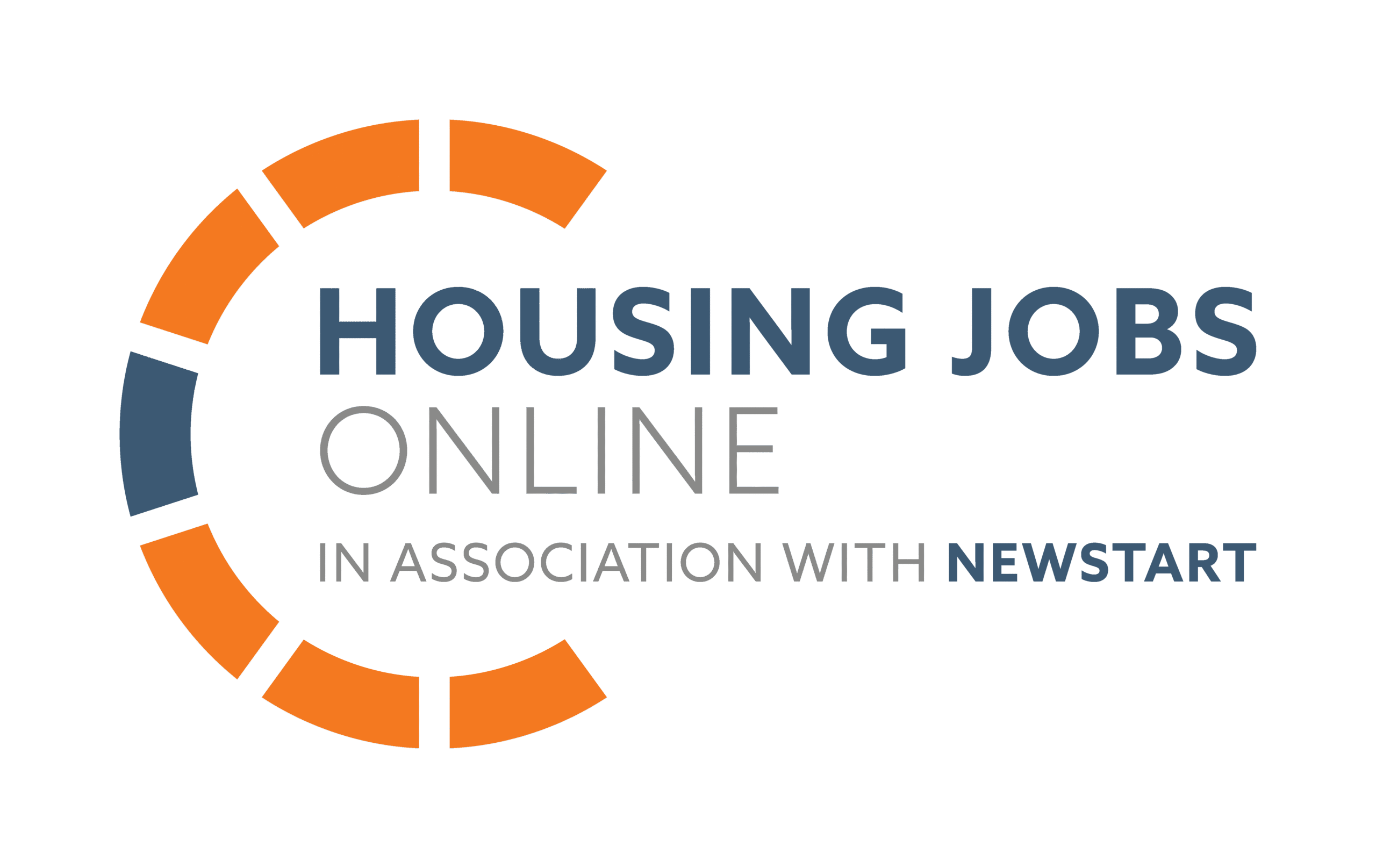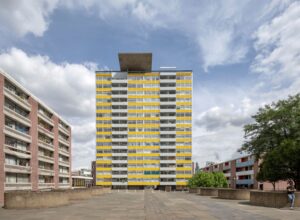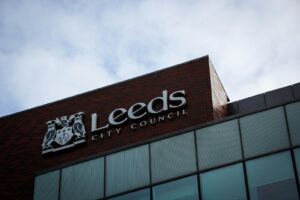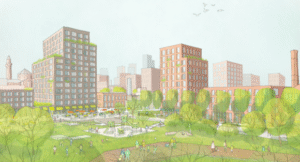And so the UK election is over. We have a ‘new’ government. The excitement and hullaballoo of the pre-election fever is over.
What caused the excitement and concern is our fascination and fear of coalitions, collaborations and co creation. I’ve been witnessing similar emotions in cross-sector discussions around collaborative place making. There is a nervousness and excitement around who really gets to have a say in the revitalisation of cities – their streets, buildings, parks and green spaces. And, yet there is a growing recognition of the potential for collaboration in the way we make good places for better lives.
But to fully realise that potential at the heart of the way we create successful cities and streets through place making, there has to be a solid belief in the need to create a nexus of professions and community, social, private and public sectors. Planning, architecture, urban design and community development have to hold on to their social roots of creating common good and prosperity through people and place. This is not a ‘huggy-huggy, let’s all get along’ easy option.
If we use place to provide prosperity through economic, environmental, and social assets, then we need a coalition of place makers who understand how to get the best out of an interconnected world. That means working across boundaries, prejudices, suspicions of the other and connecting with a common aim of creating thriving cities and neighbourhoods for all, whilst remaining aware of the differences in capabilities, resources, cultures and politics.
And, we need to do this whilst presently operating in an arena impacted by the corrosive results of bad place making, the displacement of people, the loss of streets and the public realm.
A collaborative place making agenda needs to navigate conflict and tackle the big ethical or policy complications that a government may ignore or exasperate. And for those interested in good place making the focus must be on looking for equitable solutions, not only in the process but also in its outcomes.
Arguably, this means place making needs to be co-created, co-owned and co-governed across and within communities and professions, funders, investors along with public government, social and private partners. A way for this to happen is to legitimise different levels of participation and decision making, either as part of a legal or social form of owning or by sharing the assets of a place.
It is possible this could occur, at least partially, through localism and the rolling out of a city devolution plan for England, especially if cities and communities have realistic budgets, resources, skills and time that allows them to be at the heart of the decision making process.
If place making is fairly resourced and committed to collaborative cross sector coalitions things could get really exciting and create collective assets that can turn around cities.
















Leave a Reply